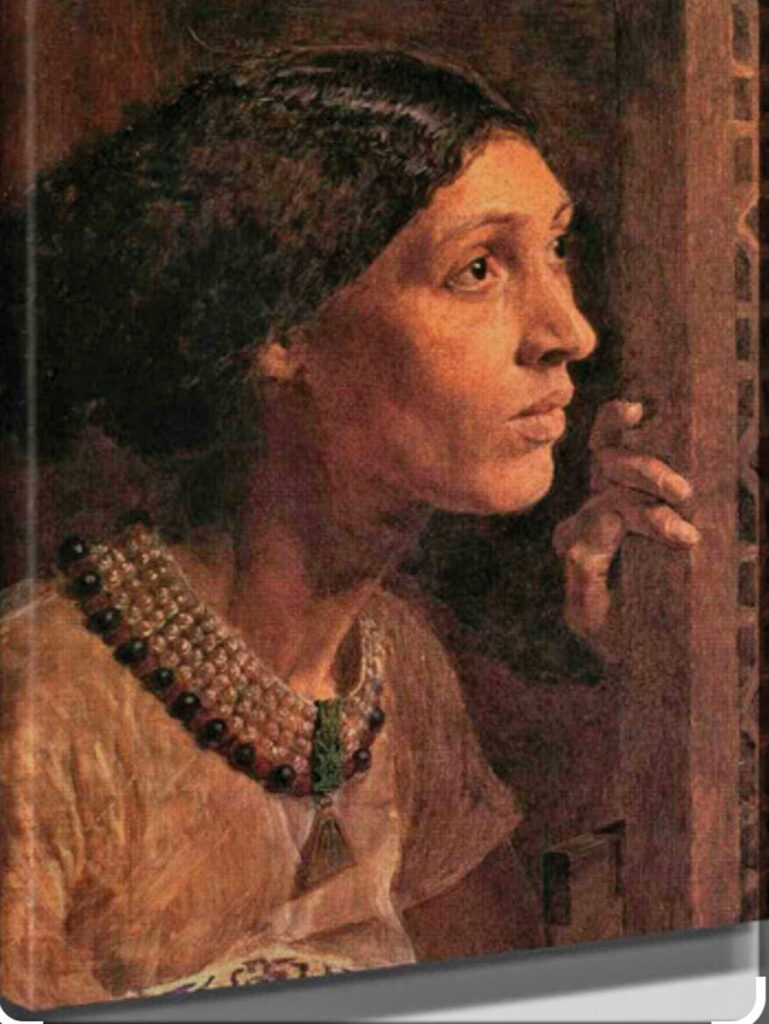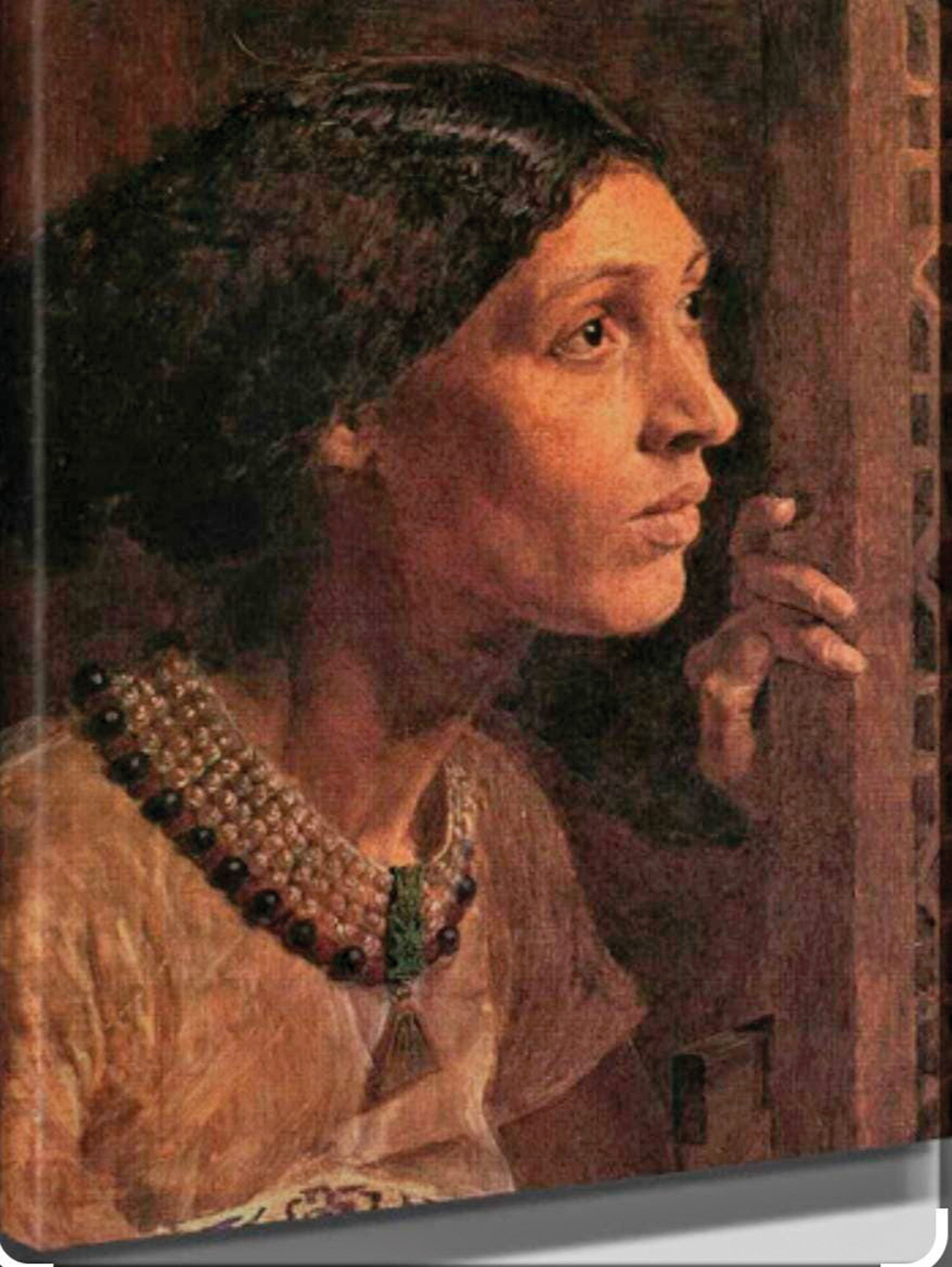
As we know, Rosh Hashanah’s only mitzvah is the blowing of the shofar. The Torah does not tell us much about this mitzvah. In fact, it mentions only two words: zichron (memory) and teruah (short sounds). We are meant to use the shofar to blow teruot, which generate memory. Who are we trying to remind of what, and how do the teruot accomplish this?
Cries of Fear
The Gemara (RH 33b) explains that the short bursts of the teruot are meant to remind us of crying. The Gemara then references Sefer Shoftim’s (5:28–30) depiction of Sisera’s mother crying at the window of her home as an example of such cries. Why does the Gemara choose her cries as the model of the sounds of the shofar?
Sometimes, we cry because of sad experiences or news. Other times, we cry out of fear. We do not know that something bad has occurred, but we sense danger; we feel vulnerable and scared.
Sisera’s mother’s cries were the latter type. She sat by the window, awaiting her son’s return from war. Initially, she assumed he was delayed because he was busy dividing the spoils of war, but she also realized that his lateness might be for a very different reason. As time passed, her fears grew, and her tears flowed.
Sisera’s mother’s cries reflect the vulnerability and unpredictability inherent in war. No one knows which side will win and who may be killed, wounded or captured. Our future and that of our loved ones is out of our hands.
The shofar’s teruot are meant to instill this type of fear. Like today’s sirens, the shofar was blown as part of both the attack of an enemy and to warn of an enemy’s attack. It struck fear in the hearts of man (Amos 3:6).
The Rosh Hashanah Shofar
The mitzvah to blow shofar on Rosh Hashanah has a similar goal. On Rosh Hashanah, like during wartime, we are in danger. Our fate hangs in the balance because we and the world are being judged. Like the sirens of war, the teruot of Rosh Hashanah evoke fear and inspire us to save ourselves through teshuva and tefillah.
The relationship between the teruot of Rosh Hashanah and those of wartime explains why the Mishna in Masechet Rosh Hashanah’s third perek, the one that deals with the laws of the shofar, discusses Moshe’s outstretched arms during the war against Amalek. The Mishna explains that Moshe raised his hands heavenwards to direct the hearts of the Jewish people towards Hashem. Their military victory hinged on their turning to Hashem, so they were only victorious while Moshe’s hands were raised. Moshe’s hands were not magical; they were significant because they reminded the people of their dependency on Hashem.
Rabbi Yehuda HaNasi included this Mishna in the perek that teaches the laws of shofar because the shofar has a similar context and message. Like Moshe’s hands, the shofar addresses us at a time of danger and encourages us to turn to Hashem.
Zikaron — Memory
According to this perspective, the shofar is aimed at us. It is our zikaron (memory) that needs to be awakened. It reminds us that we are being judged, that we need to do teshuva, and that we must (re)turn to Hashem. The Rambam (Teshuvah 3:4) explains that the shofar wakes us from the stupor of our normal routines. Though we know that Hashem created us and our life’s mission should therefore be to serve Him, we are often too busy to reflect and focus our lives on this mission. On Rosh Hashanah, the day that Hashem first created and now recreates man, we blow the shofar to remind ourselves that we are His creations who ought to strive to realize the goals He created us to accomplish.
Interestingly, Rashi (Vayikra 23:24) and the Rashbam (ibid.)explain the zikaron generated by the shofar differently. In their opinion, the shofar blasts are directed at Hashem, who we aim to remind of our existence (Rashbam) and of Akeidat Yitzchak (Rashi). This is why we use specifically a ram’s horn — to remind Hashem of the ram Avraham sacrificed at the Akeidah (in place of Yitzchak).
These two understandings of who the shofar addresses are not necessarily contradictory. They may even be complementary.
To appreciate this, let’s take a closer look at the explanation given by Rashi and the Rashbam. The obvious question is, Why does Hashem need reminding? Has He forgotten us and Akeidat
Yitzchak?
The Sefer HaChinuch (331) explains that the question is not what Hashem remembers, but what He associates with us. Obviously, Hashem remembers us and Avraham’s commitment to Him. The question is how He sees us on Rosh Hashanah and whether the Akeidah is relevant to our lives. This, of course, depends on how we see our relationship with Him, and whether we identify with Avraham’s level of commitment and would be willing to act in the same way to serve Him.
When we identify with Akeidat Yitzchak as a model for our religious commitment, Hashem sees us in this same light. Our willingness to sacrifice ourselves for and commit ourselves to avodat Hashem merits us Hashem’s rachamim (mercy) and His blessings for a good year we can use to serve Him. When we remember Hashem and our commitment to Him, He “remembers” us favorably (Rosh Hashanah 16a).
Rosh Hashanah 5785: Channeling Our Fear
So many of us have felt like Sisera’s mother over the past year. We have sat by the window for much more than one day. We have sat there for 12 whole months — waiting, crying, praying and hoping that our children, spouses, parents and loved ones are well and will return home safely.
We approach Rosh Hashanah 5785 with this continued fear and trepidation. The October 7 attacks, subsequent war in Israel, and antisemitism worldwide have reminded us of the fragility of our lives and the weight of the Rosh Hashanah judgment.
When we hear the teruot this year, we will deeply appreciate their message; we will realize how fateful last year’s Rosh Hashanah was. It was the day when Hashem decreed the infiltration of thousands of barbaric terrorists and the brutal murders of 1,200 people on Simchat Torah and hundreds more in the months since. He decided then that there would be attacks from five directions, over 10,000 wounded, hundreds held hostage, over 100,000 displaced, hundreds of thousands mobilized, and millions fearing for their lives.
Our mission this Rosh Hashanah is to channel our emotions in the right direction. Our past experiences and fears about the future should inspire us to return to the One who decreed these challenges and is now deciding our future. Like the hands of Moshe, the shofar and the fear it evokes should inspire us to submit ourselves to the One above and to identify with the commitment and willingness to sacrifice symbolized by the Akeidah and exemplified over the past year by our chayalim.
May doing so merit us Hashem’s blessings for an upcoming year full of brachot for victory, enduring peace, good health, hatzlacha and the completion of the geulah speedily in our days.
Rav Reuven Taragin is the dean of overseas students at Yeshivat Hakotel and the educational director of World Mizrachi and the RZA. His new book, Essentials of Judaism, can be purchased at rabbireuventaragin.com.










